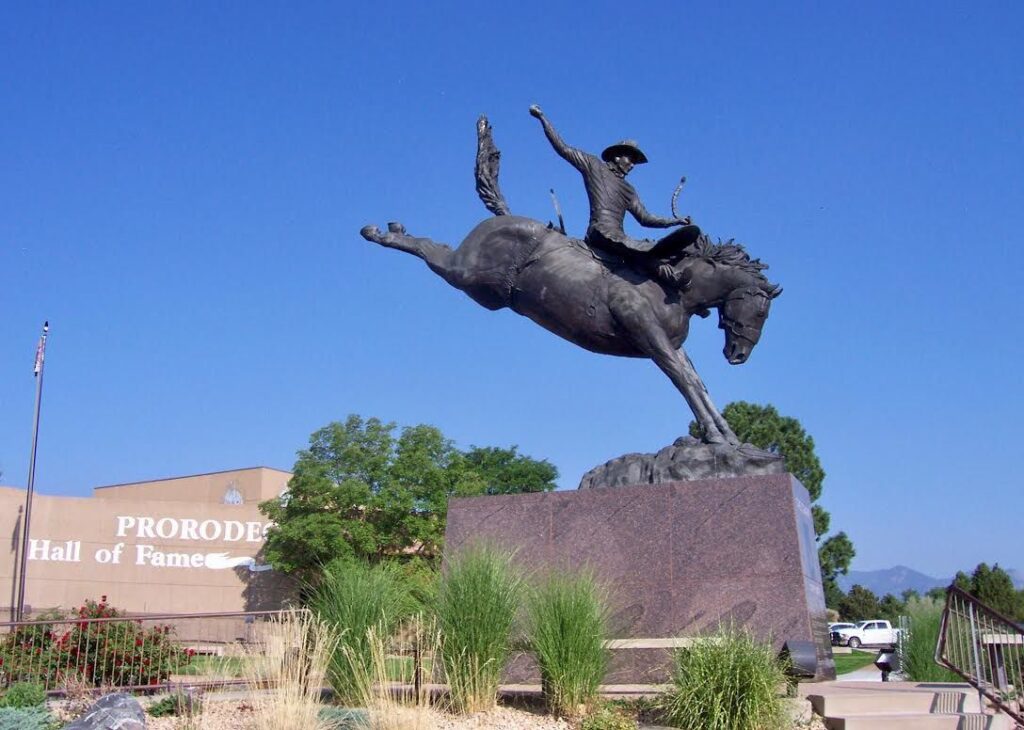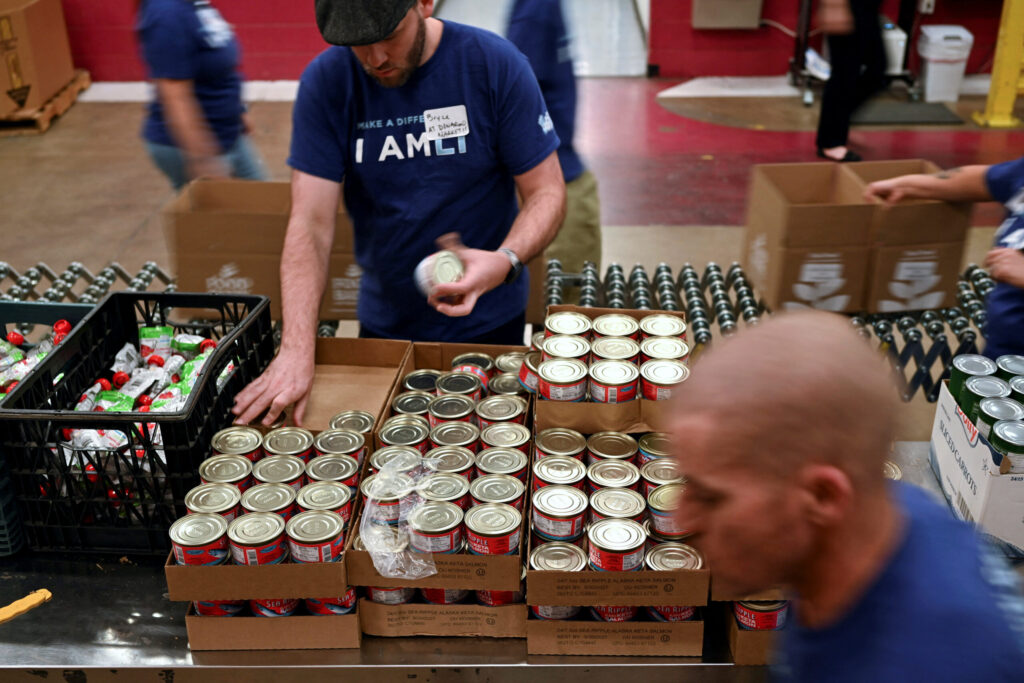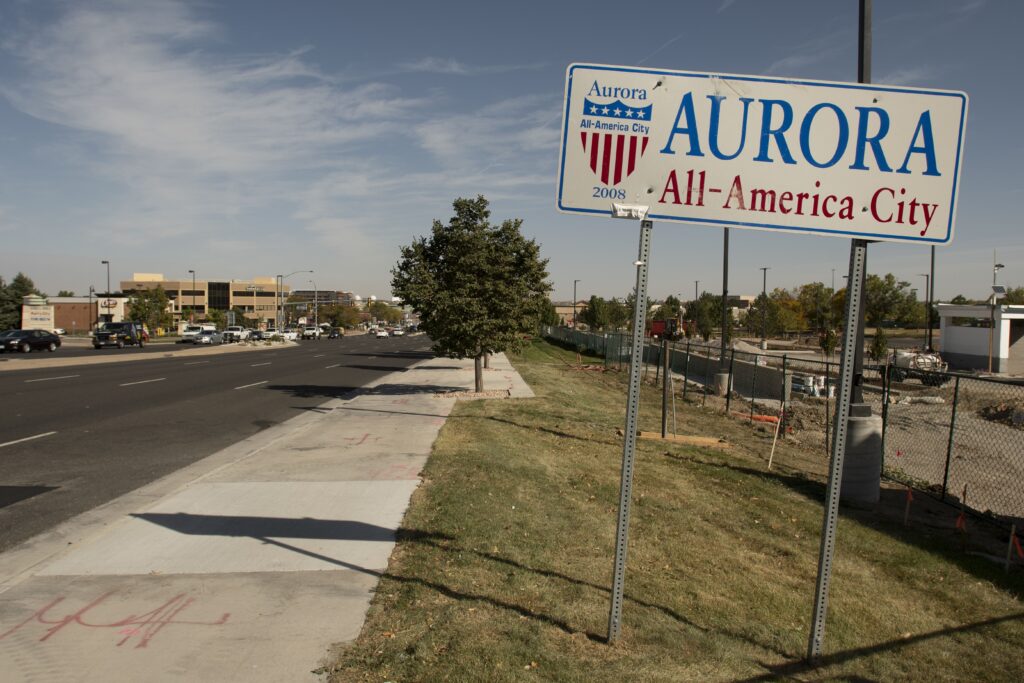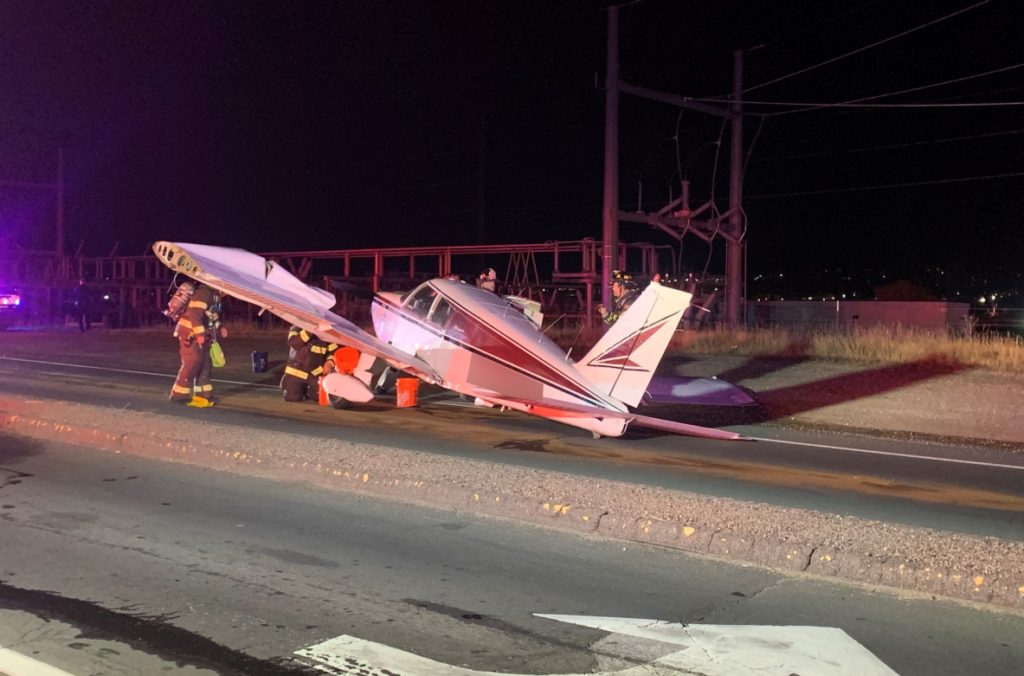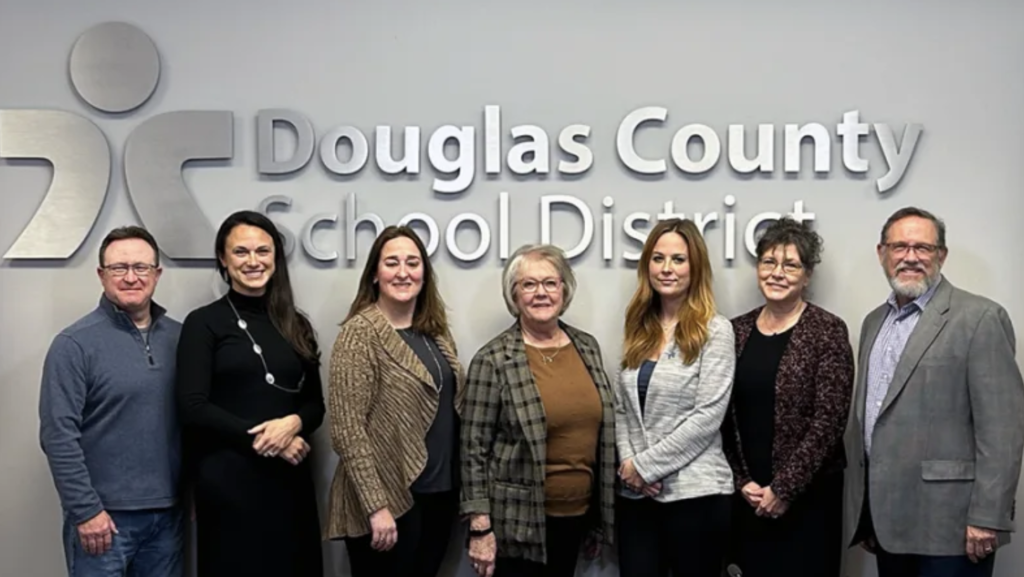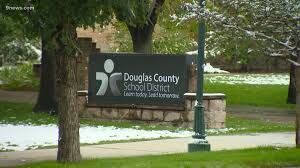Faced with fentanyl-fueled overdose crisis, Denver remembers those lost
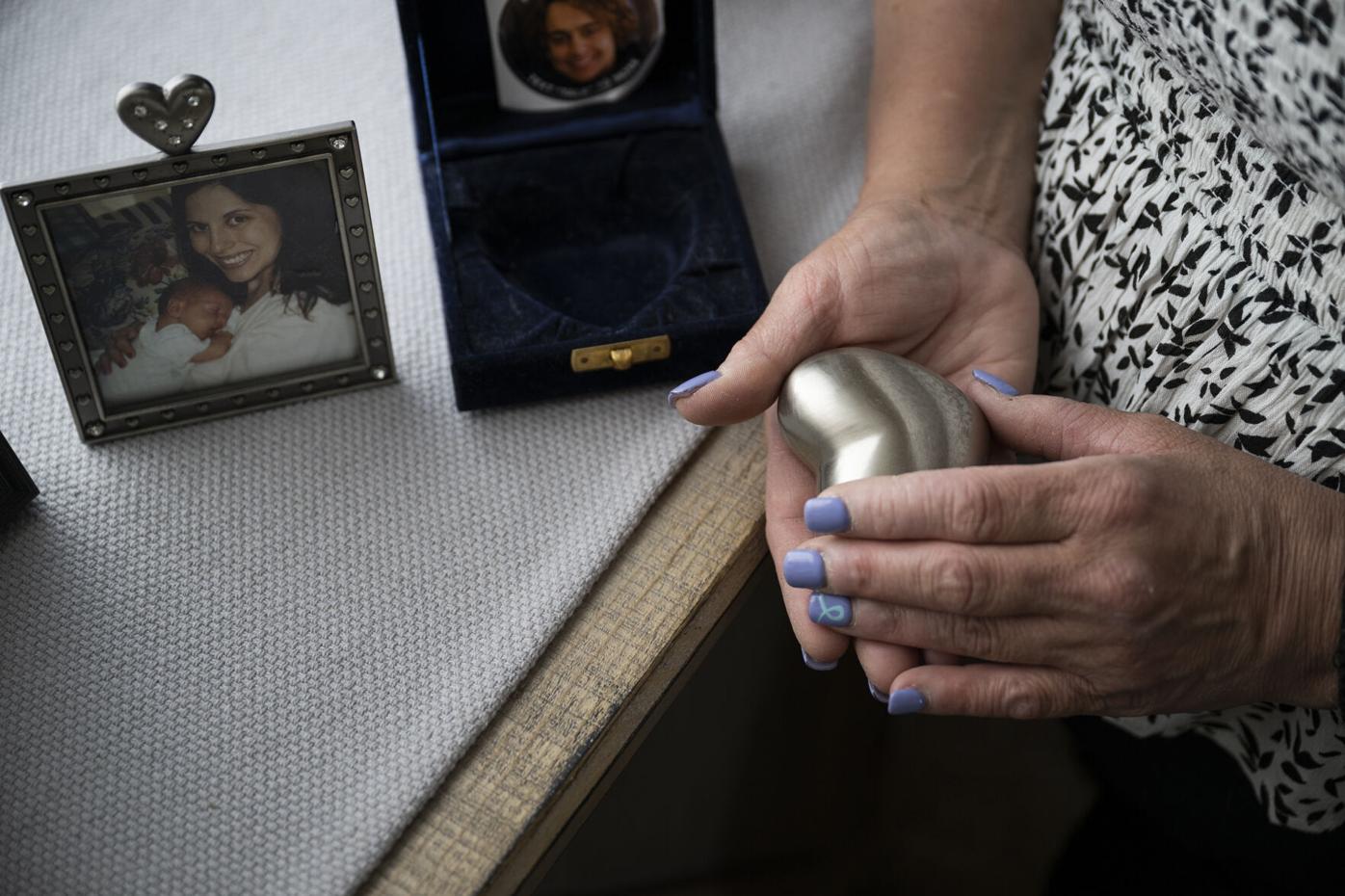
Timothy Hurst
Denver’s City and County Building was bathed in purple light Tuesday night and into Wednesday to acknowledge Overdose Awareness Day and the grim fact that, despite decades of effort, the issue is more vital than ever before.
The City Council issued a proclamation recognizing the commemoration earlier in the week, and just after 4 a.m. Wednesday, city health officials sent out a press release noting the worsening toll that overdoses have taken on Colorado’s capital.
That trend is quickly reflected in sterile numbers: 172 fatal overdoses in Denver in 2018 spiraled to 473 in 2021, a quarter of Colorado’s record-setting overdose toll of 1,881.
Mourners gather at Colorado Capitol for Fentanyl Prevention and Awareness Day
In 2018, fentanyl – a synthetic opioid that’s become ever-present in the street drug supply – contributed to 10% of overdoses here. In 2021, it was present in 50% of Denver’s fatal drug deaths, a sign of a permanently shifting drug supply and the lack of progress made despite decades of effort.
But the cost of the worsening crisis is told more poignantly and heartbreakingly by two walls in Denver’s Harm Reduction Action Center. One wall, adorned with photographs of those who’ve fatally overdosed, is a permanent fixture of the building. The other, an exterior wall set up for Overdose Awareness Day, allowed people to clip small remembrance cards — like name tags, but instead of “Hi, my name is,” the cards said “rest in peace” — to clothespins. By mid-afternoon Wednesday, more than 100 cards, some with pictures, hung there for Hannah, pictured in a black dress, and for Chris, Bryan, Laurie, Alexis and scores more.
The internal memorial wall has been a longtime fixture of the building. Lisa Raville, the executive director of the action center and a longtime advocate for both safe-use sites and legalized drugs, said the wall – and the awareness day itself – was a chance to mourn people lost to an illness that comes laden with stigma.
“Often, families face the same stigma as people who use drugs,” Raville said. She quoted a national organization: “Nobody brings a casserole when your kid dies of an overdose.”
With focus on fentanyl, providers say Colorado must improve its treatment options
Julie Taub, an addiction medicine provider at Denver Health, has described substance-use disorder as the anti-cancer: While a cancer diagnosis may bring together family to a bedside or home, or rally community support, overdoses and severe use disorders are stigmatizing and other-ing.
That’s precisely why an overdose awareness day is critical, Raville said.
“Today’s a day to mourn and to fight for the health and dignity of people who use drugs,” she said.
The center has had celebrated Overdose Awareness Day before. They give tours of the building, where on working days staff hand out clean injection and smoking kits, Narcan, fentanyl test strips. The curious can see a mockup of what a safe-use site – a place to legally and safely use illicit drugs – would look like. Outside, a truck served ice cream around the corner from the remembrance wall, and more test strips and Narcan were available at a sidewalk table.
Elizabeth Epps, the newly chosen Democratic candidate for the House District 6 was there, stood outside with state Sen. Julie Gonzales. They spoke with Republican gubernatorial candidate Heidi Ganahl near the Narcan table, as people walked past. One passer-by accidentally dropped a small baggie with a white substance inside of it in the street. It was swiftly picked up by a nearby staffer and disposed of.
Across from the parking lot where the truck dolled out ice cream, three Denver Health staff members stood in the narrow shade of a nearby building and handed out wristbands and other swag.
John Mills, a public health planner with Denver Health’s Center for Addiction Medicine, said the day was a vital opportunity to openly mourn those lost to substance use. The number of mourners continues to grow. Fatal overdoses in Colorado jumped 27% between 2020 and 2021, and they’ve doubled since 2018.
For one fentanyl user, Colorado is taking 'giant leap backward' in drug response
Josh Blum, an addiction medicine provider at Denver Health, said fentanyl needed to be de-demonized and placed into its proper context. He noted that Gov. Jared Polis had described fentanyl as poison; Polis has also likened the drug to anthrax.
The drug, while strong and a driving force in a worsening national overdose crisis, is still an opioid like heroin or oxycodone, he and Mills said. Solutions exist, and it’s important to put fentanyl — like anything else — into its proper context.
“This is sort of reminiscent of the hysteria around crack in the 80s, the demonization of a drug which also has racial overtones to it, incidentally,” Blum said. “We feel like it’s somehow different than everything that came before, and it really isn’t. Fentanyl is certainly more dangerous, but it’s still just an opioid. it still responds to Narcan, it still responds to treatment. It’s not some boogeyman that can’t be stopped.”
“We’re combatting hopelessness.”








